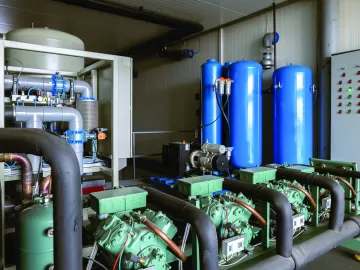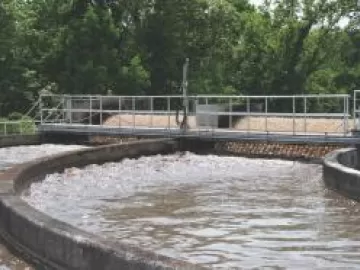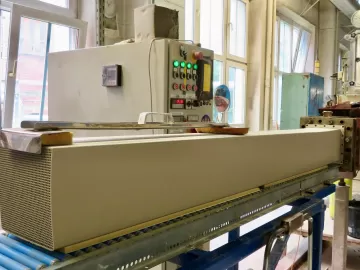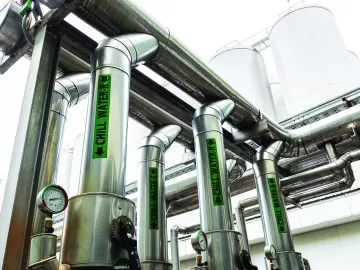Comprehensive Compressed Air Audits: The 5-Step Process
The U.S. Department of Energy estimates that air compressors use as much as 10% of all electricity generated in the United States. Further, the DOE calculates that as much as 50% of this energy is wasted. Compressed air leaks alone account for 25-30% of compressed air use.












